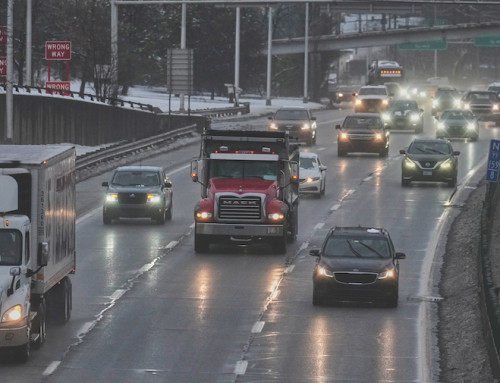Ohio lawmakers overwhelmingly have supported creation of a tax expenditure review committee and have sent a provision to codify it to Gov. John Kasich for his signature before the end of the current session.
Passing both houses unanimously, House Bill 9 would legislate formation of a permanent joint committee of six lawmakers — three from each chamber — and the state tax commissioner to periodically review all existing tax expenditures, more commonly known as tax loopholes or exemptions, and any legislation proposing a new or modified tax expenditure.
Bill sponsor Rep. Terry Boose, R-Norwalk, told committee members that this type of review has gained popularity at every level of government.
“In a time of limited resources, lawmakers and taxpayers need to know if the billions of dollars in tax exemptions provided to select groups is a sound, net-positive investment,” Boose said during sponsor testimony. “In Ohio alone, the state forgoes over $7 billion annually in revenue through tax exemptions on everything from job creation tax credits to political campaign contribution write-offs.
“One hundred and twenty-nine specific exemptions currently exist according to the Ohio Department of Taxation, and dozens more are proposed every year.”
The lawmaker said some of these tax expenditures have existed for decades while others are relatively new, all sharing a common trait — they receive little scrutiny.
“And like many government programs, once these exemptions are created, they are difficult to end,” Boose said.
According to Ohio Legislative Service Commission analysis of the bill, the review of existing tax expenditures would have to be scheduled so that each existing tax expenditure would be reviewed at least once every eight years.
HB 9 sets forth the following factors that the review committee may consider in its review:
- The number and classes of people that benefit from the tax expenditure;
- State and local fiscal effects;
- Public policy objectives, for which the committee may consider legislative history, the sponsor’s intent, and the tax expenditure’s effects on economic development, “high-wage jobs,” and “community stabilization”;
- The success of the tax expenditure in meeting its objectives;
- Whether the objectives could be served by other means or with less fiscal cost;
- Whether the objectives could have been accomplished by appropriations instead of tax expenditures;
- Whether the tax expenditure is more expansive than intended or has any other unintended effects, including giving an unfair competitive advantage to recipients at the expense of other businesses;
- The extent of any negative effects on recipients from ending a tax expenditure; and
- The feasibility of modifying a tax expenditure to include adjustments or recapture in case recipients do not comply with its terms.
“Undoubtedly many tax expenditures are fulfilling their purpose and serve to benefit Ohio,” Boose continued. “But with almost equal certainty we know that some tax expenditures have long outlasted their usefulness.
“Unlike budgetary line-items which undergo numerous committee reviews, tax expenditures remain largely in the dark. And in accounting terms, tax expenditures and line-item spending are essentially equivalent. It is time that tax expenditures get the reviews that they deserve.”
HB 9 would give legislators the formal structure needed to separate the good from the bad.
Both chambers approved its members to the committee — the Senate named Sens. William Coley, Bob Peterson and Charleta Tavares while the House named Boose and Reps. Tim Schaffer and Jack Cera.
“The structure and functions of the joint tax expenditure review committee are meant to be simple,” Boose concluded.
The committee is to make recommendations to the legislature as to the continuation, modification or repeal of existing tax expenditures, and requires any bill proposing a new or modified tax expenditure to include a statement of the objectives and intent of the tax expenditure.
The committee will compile a report by July 1 of every even-numbered year outlining its determinations. Copies are expected to be sent to the governor, the House speaker, the Senate president and the minority leaders of each chamber.
Additionally, the most recent report prepared by the committee is to be submitted to the General Assembly as an appendix to the governor’s biennial budget.








